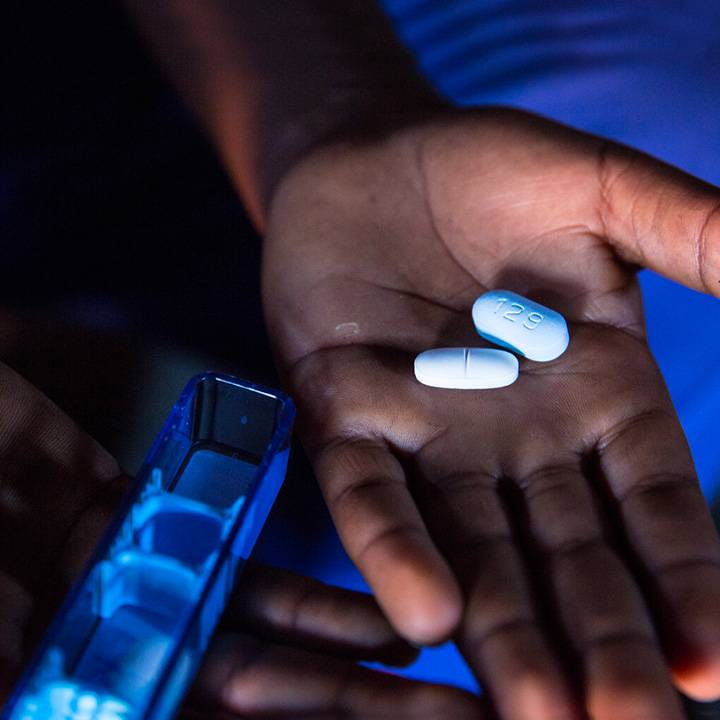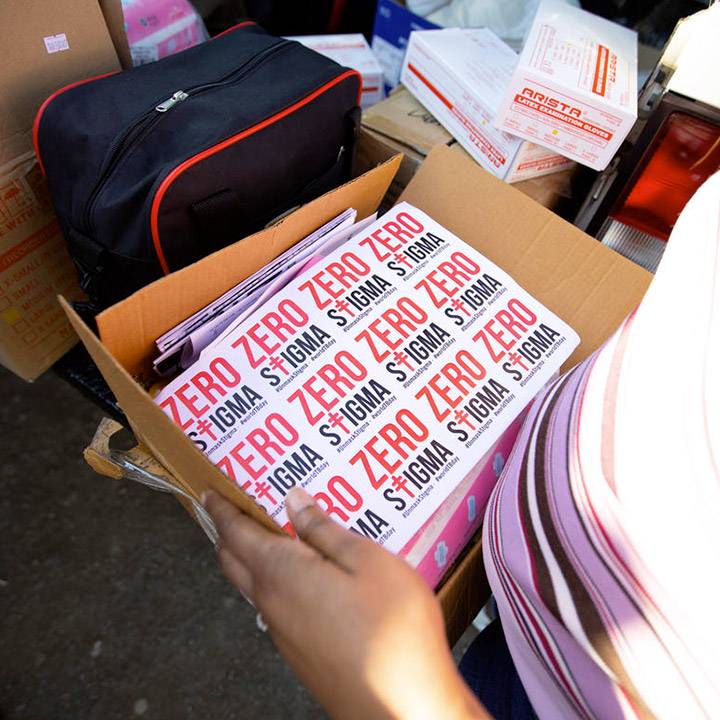
Background and Origins
The spread of HIV/AIDS in the MENA region is serious, especially among vulnerable populations. Access to testing services and care is limited in this region and national policies are ill-equipped or insufficient to curb the epidemic. The region lacks a community-led monitoring system in order to better understand needs and effective policy responses to them. Filling this gap is the purpose of FORSS, a program launched in 2018 by Solidarité Sida and ITPC-MENA in partnership with 5 local non-profit organizations.

Despite its diversity, the region faces many of the same healthcare challenges

The most vulnerable on the front line
Men who have sex with men (MSM), sex workers (SW) and injection drug users (IDU): these vulnerable populations have been hardest hit by the epidemic. In Lebanon, for example, almost 3 in 10 MSM are thought to be carriers of the virus. Given the hostile legislative and legal environment, these populations face a daily struggle that is two-fold – fighting both the virus and discrimination. In many countries in the region, same-sex sexual relations and drug use are punishable with heavy prison sentences and in some cases even punishable by death. This criminalisation explains why people living with HIV (PLHIV) – and more generally populations referred to as “at risk” – often stay away from prevention, testing and treatment services for fear of being stigmatised.

An illness far from health priorities
Because the epidemic is concentrated in a limited portion of the population, the fight against HIV/AIDS is insufficiently considered as a public health priority by policy makers in many countries in the region. The coverage of services remains very low and the barriers to accessing these services are not always identified. International donors have gone some way towards filling this gap. However, fundings to the MENA region is far less than in other geographical areas where prevalence amongst the general population is higher, such as in sub-Saharan Africa. This reliance on external fundings raises the question of the future of programs to fight HIV/AIDS in an unstable epidemiological global context and one that is currently focussed on other priorities.
Key Figures
UNAIDS 2023 – MENA REGION
of PLHIV who KNOW their status receive antiretroviral treatment
of new cases of HIV infection occur within vulnerable populations
How can services be improved in a worrying healthcare context?
In light of this situation, the answer meant mobilising civil society and especially community-based stakeholders in order to document the barriers to accessing healthcare services, identify levers to bring about change and activate these levers. This is one ambition shared by Othoman Mellouk, founder of ITPC-MENA and Florent Maréchal, Program Director at Solidarité Sida.
How did the idea for a combined effort between ITPC-MENA and Solidarité Sida in the MENA region emerge?
Othoman Mellouk: The statistics on the increase in infections and deaths linked to HIV in the MENA region are alarming. But international mobilisation and national policies often fall short of addressing these challenges. At ITPC-MENA, we have long been familiar with the work of Solidarité Sida, through our regular attendance at the Solidays festival but also through projects that the organisation has run in the region. We have a great deal of expertise in advocacy, and especially on matters relating to access to treatment as well as a long-standing network of partners in the region. Thanks to their experience and technical support for non-profits, Solidarité Sida was able to help us streamline all of the actions we were already undertaking. Why not set up a project together back then? In joining forces with Solidarité Sida, the aim was also to raise awareness amongst European organisations about the urgency driving efforts in the region.
Community-based observatories make up the core of this project. Why is there a need to collect data? What are they to be used for?
Florent Maréchal: One issue that arises frequently in our conversations with non-profits in the region is the lack of reliable qualitative data on access, the quality and availability of prevention, screening and care services. Even when the data does exist, we find that there is a substantial gap between the recommendations of (national and international) reference texts and the actual practices in these health centres. At present, there is a need to be able to accurately document all the barriers to accessing care, via data collection at the source, inside the communities. This really forms the backbone of this project. These data will be used to feed into more effective advocacy for a review of the strategies in pace to combat HIV/AIDS across the MENA region, both from a legal standpoint with key populations and from a medical perspective for all those living with HIV. As an additional tool to the health monitoring run by the State, our observatories will be extremely useful. It is also about making these data accessible to international stakeholders, as tools to aid in decision-making with a view to greater investment in the region.
What role does civil society play in this project?
Florent Maréchal: Civil society is the only way to reach the key populations. Indeed, these populations are often “hidden” as they rarely attend public health institutions for fear of discrimination. Local civil society and especially groups based in community settings serve a genuine purpose with these populations but also with State authorities. Their role is to keep watch and offer important and effective advice that is separate from that offered by international funders to local governments. This roject is really about operating on another level with new modes of intervention and the challenges that go along with this. We remain convinced that working with up and coming non-profits who have energy in spades and who know the landscape and the target populations better than anyone is absolutely fundamental.
How did you select the partners?
Othoman Mellouk: At ITPC-MENA, we felt very attuned to the approach taken by Solidarité Sida, of working “with” rather than “instead of”. We share the role of providing technical and financial support to our partners. When it came to selecting partner association, at top of mind was having a leader for each vulnerable population. And of those with whom we had been working for years, we really wanted to contribute to helping the smallest grow rather than the historic stakeholders who capture a significant proportion of available support and resources. Our five partners run on a shoestring budget, their drive is unshakeable and they have strong alliances in contexts that are often difficult. Thanks to this project, we hope they will develop into more well-structured and effective organisations, gaining greater recognition for their role in community monitoring and advocacy.